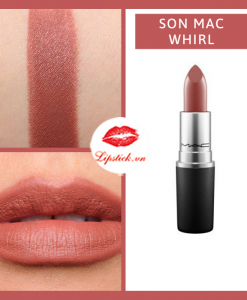

For deeper skin tones, redder shades that have bluish tones like cranberry leave a beautiful finish. Women with tan, warm skin tones should choose an almost plum shade that looks like a rich pink when applied. For skin that tans easily and rarely burns, go with a tawnier pink that has some brown tones in it. For skin that is slightly warmer but still pale, look for a pink that is a bit dustier. Very pale skin looks amazing with a pastel pink shade with cool tones. If you have redness, stay away from shades with red or purple undertones, as those will highlight the issue. Then you can play with medium and darker colors layered on top. I recommend white or bone for fair skin and banana- or peachy-toned shadows for darker skin. For a basic eye, your base color should be a pale shadow that lightens your whole lid and is almost invisible. If you are super pale, you might need a sheer, white powder. If you have very oily skin, powder can turn a darker shade, so go one shade lighter. Choose a shade that matches the color of your skin almost exactly. Powderįor most people, a powder with a yellow undertone works to help cut redness and add warmth. I’m not a fan of visible foundation, as I’m sure you know. This rule works so that it allows you to use it strategically on red spots without having to apply the shade all over.


Then you can use a bronzer as a skin tint if you need to correct your neck or chest. The only way you know if a foundation or tinted moisturizer is the right color for your skin is to test it on the side of your face (on your cheek) if it disappears, it is the right color. Remember – check the application in daylight! Foundation Here are some basic, old school (and new school) rules to get you started. My eye is so conditioned to choose what makeup works, that sometimes it is hard to explain.


 0 kommentar(er)
0 kommentar(er)
